CARDIOVASCULAR ENDURANCE, BONE DENSITY BENEFITS, and WALKING !!
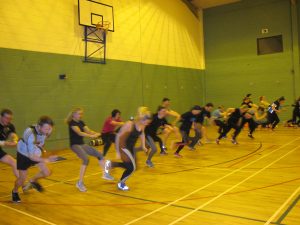
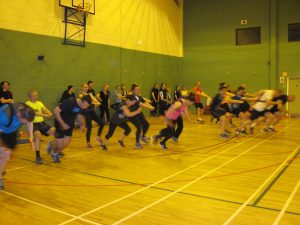
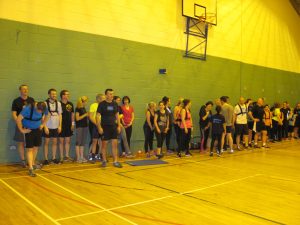
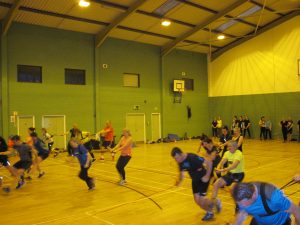
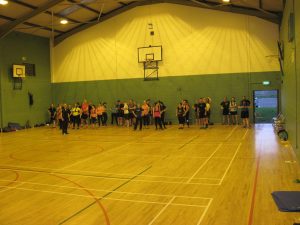
CARDIOVASCULAR ENDURANCE, BONE DENSITY BENEFITS and WALKING !!
** Cardiovascular Endurance. What is it? How do you improve it? What are its benefits?
It is the ability of the heart and lungs to supply oxygen to the working muscles during continuous exercise and is measured in ‘Vo2 max’. VO2 max is defined by Wilmore et al. (1994) as “the highest rate of oxygen consumption attainable during maximal or exhaustive exercise. It’s improved by increasing the intensity of the exercise.
A regular comment and query from circuit participants is “I walk a couple of times a week. Is it beneficial, or how beneficial is it”. ?
Walking a couple of times a week will have a cardiovascular benefit for the first few weeks of the start of an exercise programme. However, if you are walking at the same pace after a number of weeks, then you are unlikely to improve your fitness levels, Bone Mineral is unlikely to be maintained, and the cardiovascular benefits will be negligible or non-existent
Walking on hilly ground or breaking into a jog from time to time will increase your heart rate and will improve your cardiovascular endurance as will any controlled physical activity, or participation in an exercise class that moves from Low to Medium to High intensity and back, causing your heart rate to rise and fall in a controlled way during the activity, but impact exercise (any activity that creates a bone building stimulas) like skipping, dancing, running, circuit training, will help maintain your bone mineral density, especially for Women post menopause, and Men over 65 years.
The Photos from part of the Thursday Circuit training Class of Feb 28th 2017 show one method of raising the heart rate in to its anaerobic state; that is somewhere between 75% and 90% on average, of one’s maximum heart rate,
Interval training that includes short bursts of high intensity, sandwiched between bouts of lower intensity at a 3/1 and 2/1 ratio,
e.g 30 seconds slow, 10 seconds fast, and 20 seconds slow, 10 seconds fast, or whatever frequency and duration suits the type of training involved, will improve your cardiovascular endurance.
Another example would be starting an exercise programme that included walking, after YEARS of a sedentary lifestyle. After warming up, walk faster/briskly for xx duration and then more slowly at yyy duration. You can use the 3/1 and 2/1 ratio principle; e.g, slow for 3 minutes, fast for 1 minute, etc, etc.
The closer your heart rate moves towards your average anaerobic state during your exercise, the greater the cardiovascular benefits, and beneficial long term effects of exercise.
The long-term effects of exercise are:
- The heart: may increase in size and strength
- Stroke volume: the increase in size and strength allows more blood to be pumped per beat.
- Heart rate: will decrease, as it becomes more efficient and able to pump larger volumes per beat
- Blood composition: levels of haemoglobin increase, which increases the blood’s capacity to carry oxygen
- Cardiac output: training/exercise improvements lead to an overall increase in cardiac output (increase in heart rate and stroke volume)
- Blood pressure (BP): systolic and diastolic BP can be lowered by 6-10mm Hg for many previously sedentary people
- VO2 max increases with regular exercise
- Elasticity of muscles increase.
- Bone Mineral Density will be maintained. (a Dexa scan measures Bone Mineral Density).
So in summary, and as mentioned earlier, as your fitness levels improve, a higher intensity will be required if more improvement is sought, e.g. Walking on hilly ground,or breaking into a jog from time to time. THE GREATEST LONG TERM BENEFIT: REGULAR EXERCISE SLOWS DOWN THE AGEING PROCESS